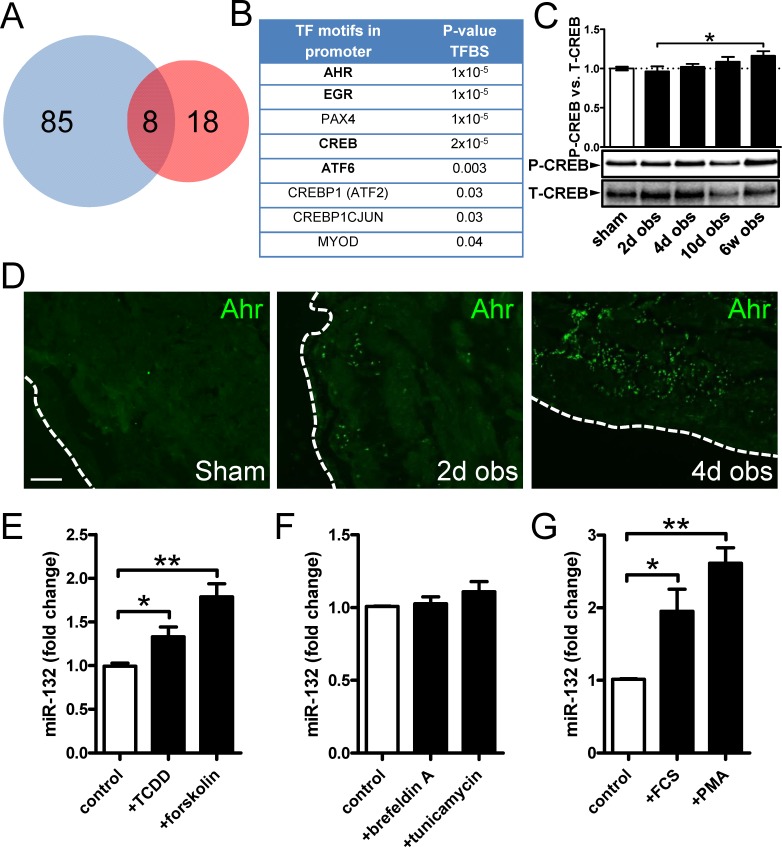Figure 3. Bioinformatics analysis points to the involvement of Ahr in miR-132/212 induction following outlet obstruction.
Transcription factor binding site (TFBS) analysis identified significant enrichment of 93 transcription factor binding motifs in promoters of differentially expressed genes at 10 days of obstruction (blue circle in A). These were cross-referenced against putative transcription factor binding sites in the miR-132/212 promoter (red circle in A), yielding a list of putative mediators of miR-132/212 induction in outlet obstruction (B). Hits with low expression levels and those with raw p-values exceeding 0.01 are shown in thin lettering. Panel C shows phosphorylation of CREB (S133) in bladders from sham-operated rats and following various time of obstruction. Panel D shows immunofluorescence labeling (green) of the dioxin receptor Ahr in bladders from sham-operated and obstructed rats. Dotted lines indicate the outer surface of the urinary bladder. The scale bar to the left applies to all images and represents 100 μm. Panels E through G show miR-132 expression in human bladder smooth muscle cells stimulated with vehicle (control) and various pharmacological substances in vitro. TCDD: 2,3,7,8-tetrachlorodibenzo-p-dioxin; FCS: fetal calf serum; PMA: Phorbol 12-myristate 13-acetate. Further details are given in Materials and Methods.

